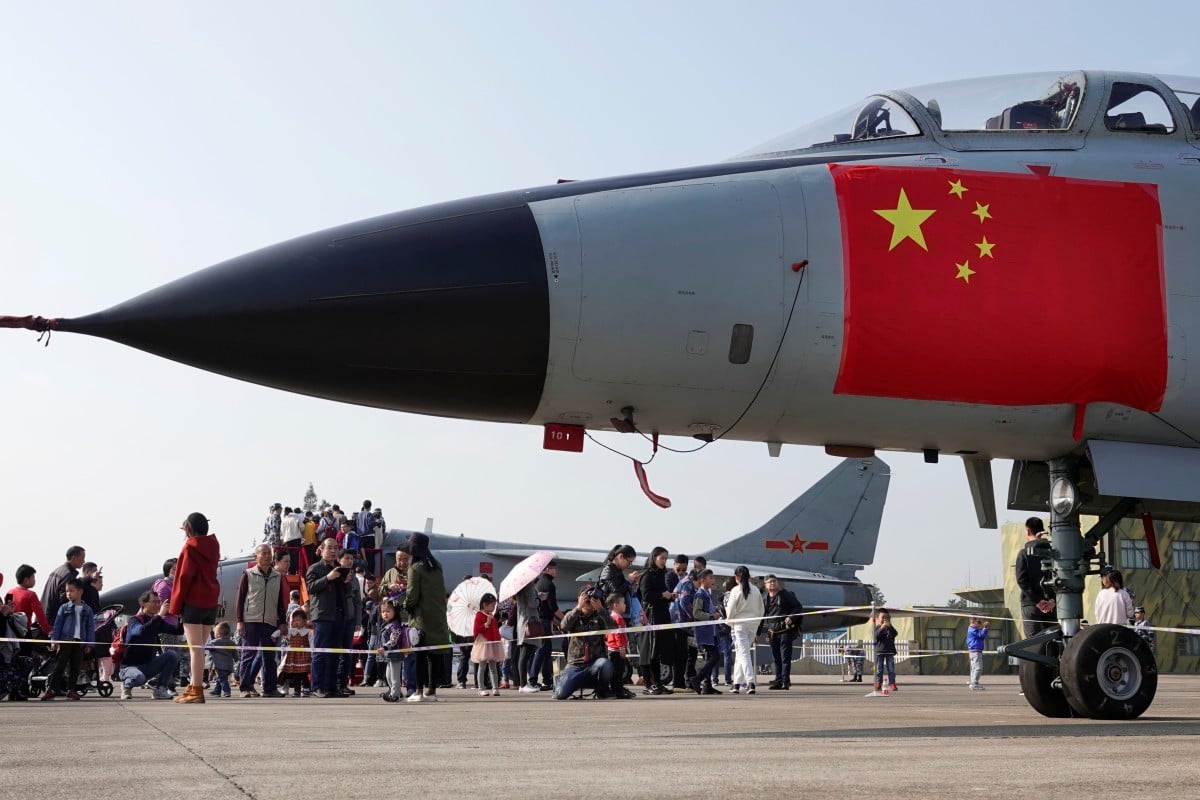Why is China reducing its weapon imports by nearly half?

China’s weapon imports have decreased by 44% in the period of 2019-2023 compared to the previous five years, according to a report published by the Stockholm International Peace Research Institute (SIPRI). This puts China in the 10th position among the world’s largest arms importers.
The shift in focus
China has been showing more interest in its domestic defense industry and reducing its dependence on weapon imports. As per the South China Morning Post, Russia accounted for 77% of China’s weapon imports, including aircraft engines and helicopter systems. France came in second at 13%.
Despite conflicts with Russia, Ukraine remains China’s third-largest arms importer, supplying 8.2% of its weapons, including gas turbines for naval vessels and engines for light combat/trainer aircraft L-15.
SIPRI has not provided information on how China’s weapon imports from Russia and Ukraine have changed after Russia’s military campaign in Ukraine in early 2022. However, previous reports indicated that Ukraine accounted for 5.9% of China’s total arms imports between 2017 and 2021.
According to Siemon Wezeman, a senior researcher with SIPRI’s Arms and Military Expenditure Program, Russia cannot fully replace Ukraine as a supplier of certain equipment to China.
The rise of China’s domestic capabilities
The rapid decline in China’s weapon imports can be attributed to the increasing design and production capabilities of the world’s second-largest economy. This decline is expected to continue as China further develops its self-sufficiency in arms production.
Wezeman explains that China has been indigenizing some systems over the past few years, such as aircraft engines and naval propulsion systems that were previously imported from Russia, Ukraine, France, and Germany.
By the end of last year, newly developed aircraft and ships with Chinese-made engines entered production, eliminating the need for foreign supply.
Regional trends
In the period of 2019-2023, Asia-Pacific countries accounted for six out of the top ten largest arms importers globally: India, Pakistan, Japan, Australia, South Korea, and China. India topped the list with a 9.8% share of global arms imports, up from 9.1% in the previous period, mainly due to tensions with Pakistan and China.
Meanwhile, the United States remains the largest weapons supplier to both Japan and South Korea. European countries nearly doubled their arms imports between 2014-2018 and 2019-2023, with more than half of the weapons supplied by the United States.
In terms of arms exports, China is the fourth-largest global supplier, with stable market share of 5.8% despite a 5.3% decrease in the quantity of exports. In contrast, the United States holds the largest market share, rising from 34% to 42%. Over the past five years, the United States has sold weapons to 107 countries and territories, surpassing any previous period and any other arms exporter.
For more financial news and insights, check out Business Today.
